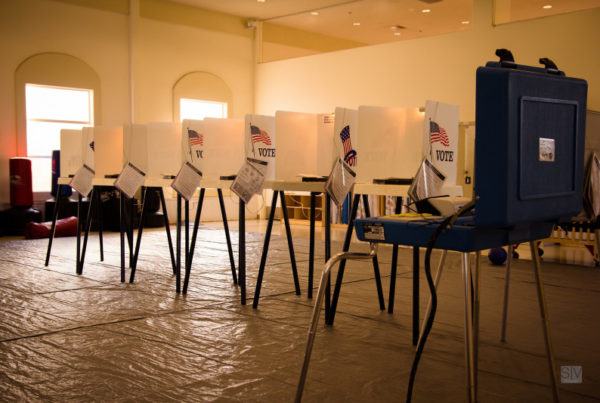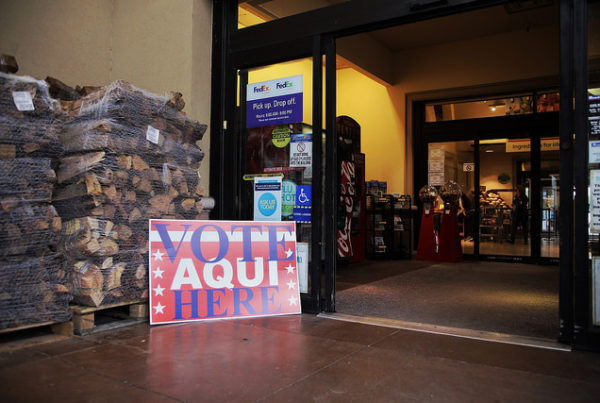In late October, before President-elect Donald Trump won the electoral college, he released his plan for his first 100 days in office.
On the first day, he said he would take steps to “restore security and the constitutional rule of law.” One of the steps: “cancel every unconstitutional executive action, memorandum, and order issued by President [Barack] Obama.”
Trump also stated he would require that for every new federal regulation, two existing regulations must be eliminated; he will renegotiate NAFTA, or withdraw from the deal; he will withdraw from the Trans-Pacific Partnership; he will lift “Obama-Clinton roadblocks and allow vital energy infrastructure projects, like the Keystone Pipeline, to move forward.”
And a provocative new column in the National Review suggests one of the earliest steps Mr. Trump might take after the inauguration would be to lighten the Supreme Court caseload.
Josh Blackman, professor at Houston’s South Texas College of Law, says Trump will likely bring the Supreme Court back up to nine justices, then quickly clear cases from their docket.
“One of the most amazing parts of the Obama administration is how much has been accomplished by executive action,” Blackman says. “Whatever President Obama’s pen and phone giveth, Donald Trump’s Sharpie and Twitter can taketh away. And by the stroke of a pen, he can make a lot of these cases simply go away.”
Deferred Action for Parents of Americans and Lawful Permanent Residents (DAPA) and Deferred Action for Childhood Arrivals (DACA)
In 2014, Obama issued executive actions allowing five million immigrants without legal U.S. documentation who are parents of citizens or lawful permanent residents to apply for work permits and safety from deportation.
Texas and 25 other states filed a lawsuit. On Feb. 2015 a federal court temporarily enjoined the government from moving forward on DAPA and an expanded DACA. The Supreme Court split four to four on the case and the suit is proceeding to trial.
“This case is gone,” Blackman says. “I fully expect on Jan. 20 President Trump will sign an order saying DAPA is fired.”
Directive to Public Schools to Honor Students’ Gender Identity and Choice of Bathroom Use
On May 13, President Obama – through the U.S. Departments of Justice and Education – issued a letter asking every public school district in the country to allow students to use bathrooms that matched their gender identity. As a basis for this directive, the Obama administration interpreted Title IX, which says you can’t discriminate on the basis of sex, as including gender identity.
Texas and 10 other states filed suit stating the guidance has no basis in the law and could cause negative changes in the operations of public school districts. The Supreme Court has said it will take up the case.
“A Trump administration can simply withdraw that letter – in which case the Texas case goes away,” Blackman says. “There’ll be a serious shift in how the transgender bathroom cases proceed.”
There’s another case from Virginia regarding whether a high school student transitioning from female to male is permitted to use the boys’ bathroom. Blackman says the case could stick around or get sent back to a lower court.
Birth Control Coverage and the Affordable Care Act
In 2010, Obama signed the Affordable Care Act into law, mandating all citizens get health insurance coverage. What wasn’t included in the law was a mandate for insurance companies to cover birth control or contraceptives. But in May 2015, the Obama administration issued guidance to health insurers to cover 18 forms of contraception.
Texas Attorney General Ken Paxton filed a brief one month later supporting a lawsuit brought by East Texas Baptist University and Houston Baptist University against the directive. The Supreme Court took up that case and seven similar other cases, but split four to four and sent the cases back to federal appeals courts.
Blackman says the big controversy is who’s exempted from the mandate.
“There’s a very strong chance that the Trump administration will say ‘Okay religious charities … we’re simply going to exempt you from the mandate altogether,’” Blackman says. “Maybe the government will pay for women’s birth control, [or women] will get it through a different plan. … I think this is a likely way that this case can be resolved without the Supreme Court having to delve into these thorny issues of religious liberty once again.”
But Trump’s threat to repeal the ACA will be harder said than done, Blackman says.
“It’s impossible to repeal the Affordable Care Act in its entirety through executive action,” Blackman says. “You would actually need a legislative vote to get rid of Obamacare. And this can be done, but the biggest hurdle will be the filibuster, and whether Democrats willing to filibuster the repeal.”
But Republicans could choose to bypass the filibuster or get rid of it altogether.
Clean Power Plan and the Environmental Protection Agency
Two dozen states, including Texas, and a coal mining company filed a lawsuit against the Environmental Protection Agency over an August 2015 Obama Administration mandate requiring states to cut carbon emission. The directive asked states to shift from coal to natural gas and renewable energy by 2030.
“We have this Clean Power Plan to impose vast restriction in how much CO2 we can emit,” Blackman says. “This is all done through executive action. … President Trump can simply withdraw the Clean Power Plan, undo the regulations issued by the EPA. … This is a consequence of not achieving enduring change through statute and the Clean Power Plan is basically gone.”
Post by Beth Cortez-Neavel.

















